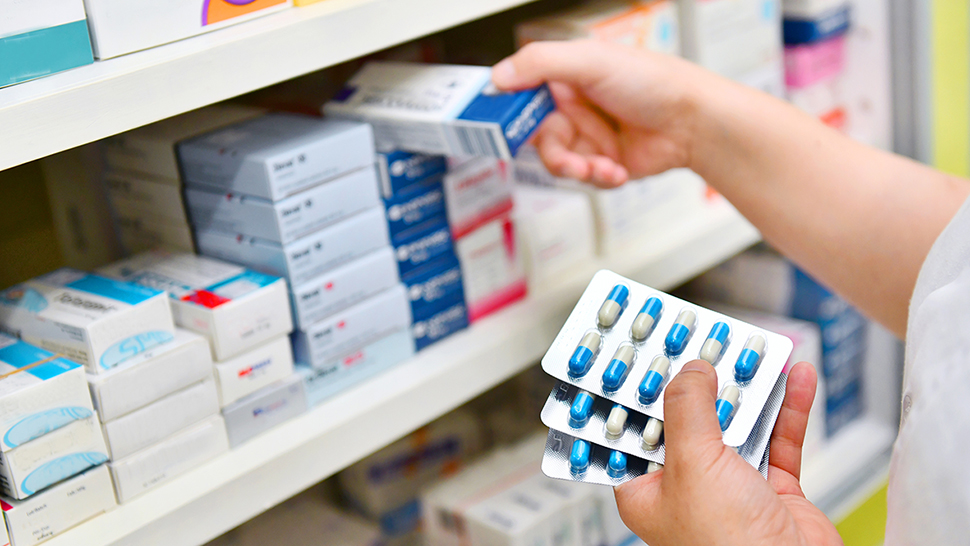Published: 28/07/20 11:26 Categories: Microbiology
The COVID-19 vaccine will probably be the most anticipated medicine of the decade. Pharmaceutical industries and research centers are focusing on clinical trials to assess its safety and effectiveness. However, once the vaccine is approved, do we know how the quality assurance of this product works?
A pharmacopoeia is a collection of quality standards and specifications exclusively for drugs. It contains the methods needed to confirm from the identity and purity of a medicament all the way to verifying the strength or concentration of an active pharmaceutical ingredient (APIs). This does not only include finished pharmaceutical products (FPPs), but also raw materials, excipients and intermediate products.

As in other industries, these standards were created to protect the health of consumers through the quality assurance of pharmaceutical products, particularly, because of their intended use and application.
Is there a single method of ensuring the quality of drugs?
In general, each country or region publishes their own pharmacopoeia and, as a result, by 2019 there were 60 different pharmacopoeias, both national and regional, according to the WHO's pharmacopoeia listing.
However, there are 3 major reference pharmacopoeias on which others have been based: European Pharmacopoeia (EP), the US Pharmacopoeia (USP) and the Japanese Pharmacopoeia (JP).
In Europe, a regional approach was taken. The EP was created in 1964 with the signature of 8 member countries, and currently counts with the participation of 38 countries and the EU.
However, due to the globalization and expansion of markets, compatibility to facilitate the free circulation and international trade of pharmaceutical products is an evident need. And that is exactly what the harmonization of the three aforementioned pharmacopoeias seeks to achieve.
Why is the harmonization of pharmacopoeias important?
This process began a little over 30 years ago with the creation of the Pharmacopoeial Discussion Group (PDG), with the final objective of obtaining standardized methods to meet the quality requirements of the drugs, no matter the region where they are marketed.

This would also mean eliminating the burden of carrying analytical procedures in different ways and applying different acceptance criteria to satisfy multiple pharmacopoeias.
Likewise, the supply chain would benefit, since the same supplier of a raw material must diversify them depending on the regulations and pharmacopoeias, which implies an increase in costs and delays to access medications.
All this has an adverse effect on the end users, the patients.
The process of harmonization has been slow. However, we must consider its implications, since each pharmacopoeia has different legal status: the EP is part of the Council of Europe, the USP is a private organization and the JP is part of the Ministry of Health, Labor and Welfare. In addition, all three are incorporated in specific national and/or regional regulatory frameworks.
Despite the barriers, there is a growing interest in achieving a global harmonization of pharmacopoeias. 67 representatives of pharmacopoeias, regulatory authorities and the pharmaceutical industry, as well as virtual participants from 40 countries, met in February this year at the XI International Meeting of World Pharmacopoeias (IMWP).
At this symposium, a pilot trial of a new framework to facilitate the exchange of information was agreed, thereby establishing new forms and modalities of cooperation.
The importance of the latter has been especially noted during the current health crisis, which initiated a global pharmacopoeia alert to jointly support the global public health response to the pandemic, including support for manufacturers, policy-makers and stakeholders involved in critical COVID-19 medications.
At Condalab we have available products formulated under the EP and the USP, which you can check in the following section of our website.

 Food fraud: How do we detect it?
Food fraud: How do we detect it?
 Visit Us at MEDICA 2025 – Discover Our Precise Detection Solutions
Visit Us at MEDICA 2025 – Discover Our Precise Detection Solutions
 PCR: The Technique Revolutionizing Rapid Detection in the Food Industry
PCR: The Technique Revolutionizing Rapid Detection in the Food Industry
 How Culture Media Ensure the Safety, Efficacy, and Quality of Medicines
How Culture Media Ensure the Safety, Efficacy, and Quality of Medicines
 Meeting us at MEDLAB MIDDLE EAST 2025
Meeting us at MEDLAB MIDDLE EAST 2025